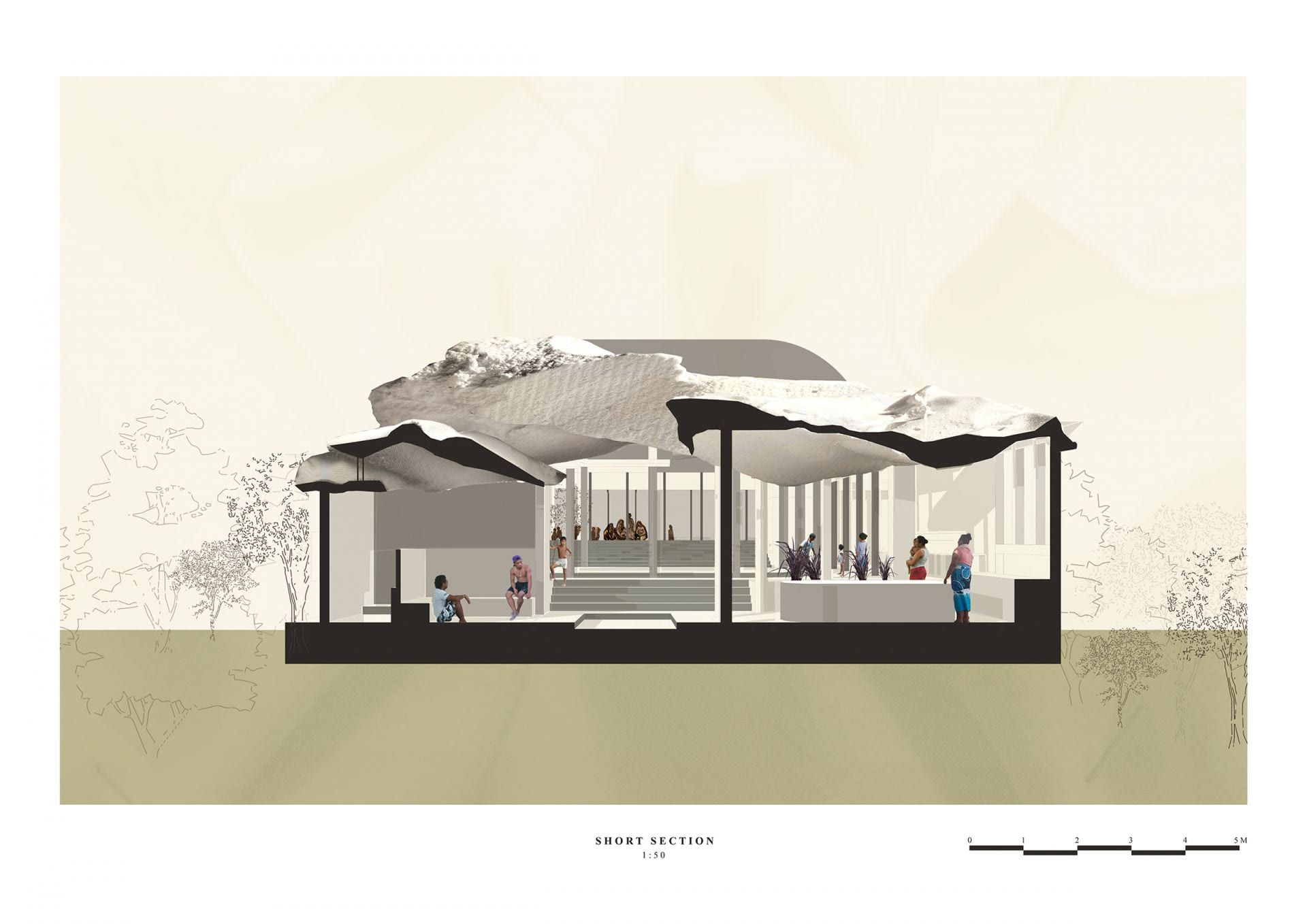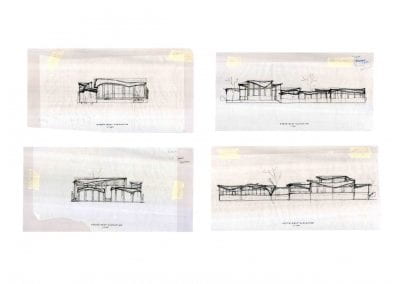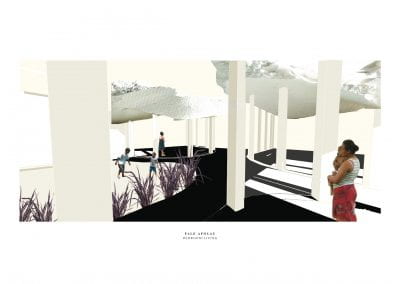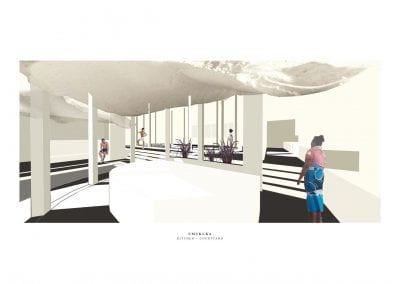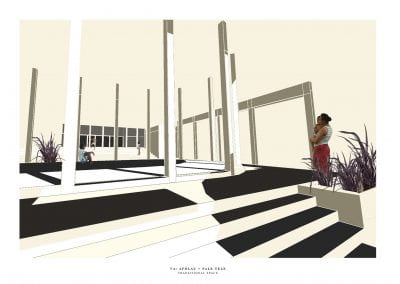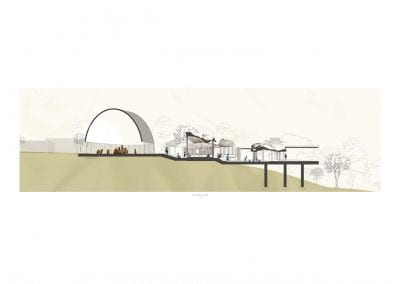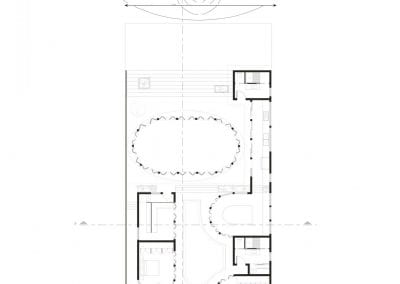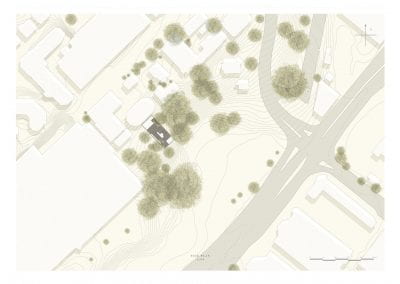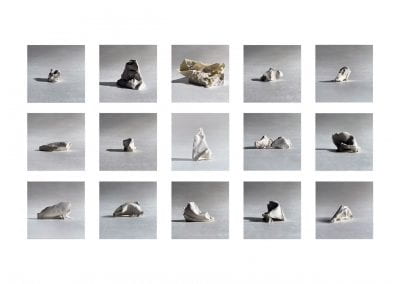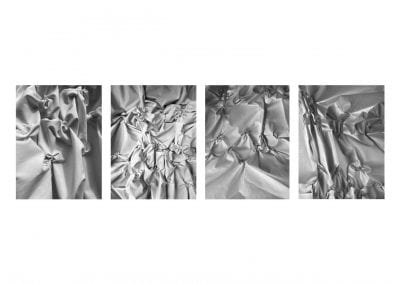Mark Meyers.
Tutor: Amber Ruckes.
Situated behind the Fale Pasifika the essence of spirituality is present, therefore embedded with the tenacity to reconnect with ancestors. Such tenacity recalls the intrinsic nature of Tatau, practiced for years and years; the marks worn by ancestors are still the same today – a commitment not only to an art form but culture itself. The Tatau and Fale Pasifika embody this commitment to people, their environment, and spirituality. The term vā – unseen space or relationship between one another, one and their spiritually and environment – is crucial in understanding how all people inhabit space. The Tatau, holding visual significance, foregrounds the collective community, village and family conveying this inter-relational space.
Reflecting on the ‘fale’ the idea of openness echoes Pasifika people’s hospitality. Whether it be calling out to a neighbour/stranger to eat, or even avoiding a particular someone seen from afar. Allowing people to ‘teu le va’ or tend the spatial relationships.
